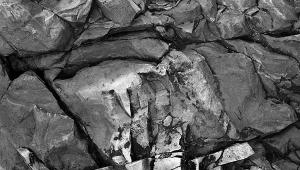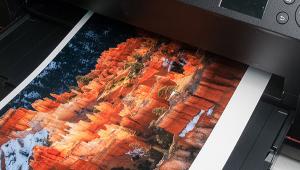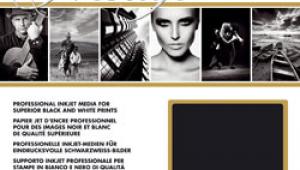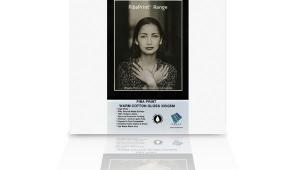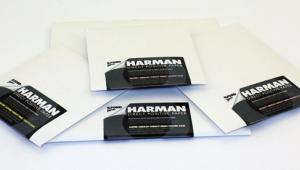Hard Or Soft
Q And A On Paper Grades
Why do we need different contrast grades? What are the grades? What does "normal" mean? |
|||
How does Variable Contrast (VC) work? Are VC papers as good as graded? |
|||
So the contrast range isn't as great? How do the filters work? What is "split-grade" printing? Are all manufacturers' grades the same? What is ISO(R)? Can I influence contrast via developer choice? How do I choose the right contrast grade? |
- Log in or register to post comments



